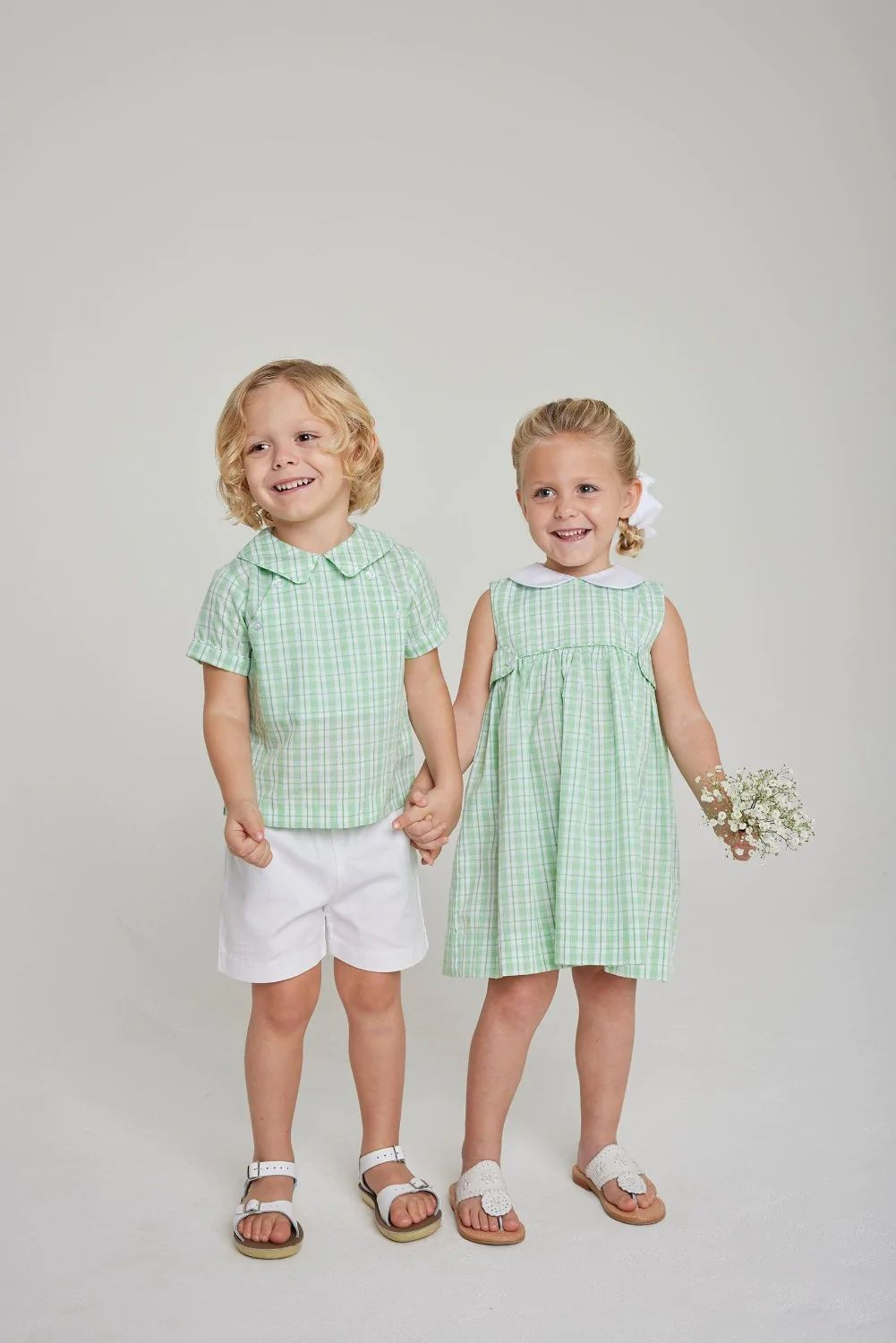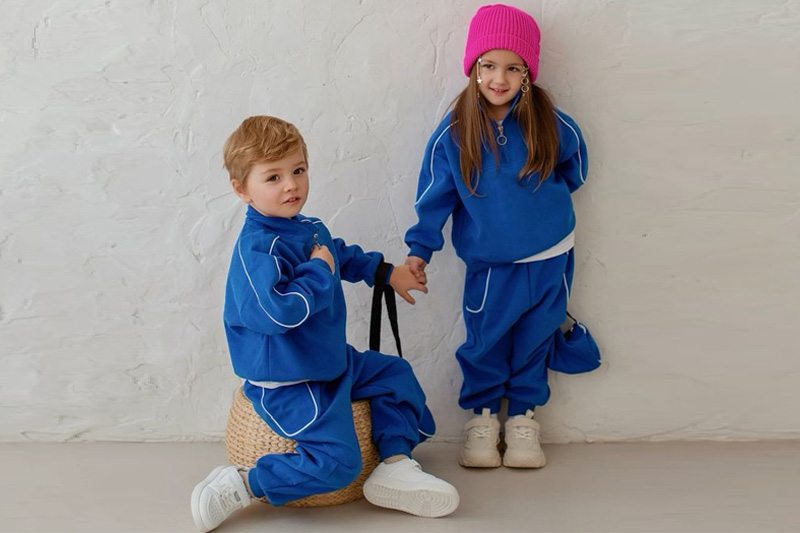A few years ago, I gave my nephew two nearly identical T-shirts. Same color. Same fit. But one was 95% TENCEL, and the other 95% Bamboo. A week later, he refused to wear one. “This one makes me itchy,” he said. That moment stuck with me. Fabric really does matter—especially for kids.
When comparing 95% TENCEL with 5% Spandex versus 95% Bamboo with 5% Spandex, the key differences come down to texture, breathability, eco-friendliness, stretch performance, and skin sensitivity. TENCEL often feels smoother and cooler, while Bamboo is fluffier and cozier. Both are great, but each has its strengths—depending on the child’s needs, climate, and daily activity.
Let’s break it down in a way that makes it easy to choose with confidence.
How do TENCEL and Bamboo differ in softness and feel against the skin?
If you’ve ever touched both, you know—there’s a real difference.
TENCEL feels silky, smooth, and cool to the touch, while Bamboo feels softer, warmer, and more like cotton. TENCEL is better for a sleek, lightweight feel, while Bamboo gives that plush, snuggly comfort. Both are gentle—but in different ways.
Some kids prefer the coolness of TENCEL; others love the coziness of Bamboo.
Dive deeper: Texture isn’t just about touch—it’s about comfort
As a kidswear manufacturer at Taian Lianchuang Textile Co., Ltd, I’ve had many parents (and buyers) ask, “Which one is softer?” But “soft” can mean different things. So let’s get a bit nerdy.
TENCEL: Sleek, breathable, and cooling
TENCEL (also known as Lyocell) is made from sustainably sourced wood pulp—usually eucalyptus. It has a super smooth surface, almost like silk. The fibers lie flat, which means:
- Less friction on skin
- Cooler feel (great for warmer climates)
- Less static cling
Think of TENCEL like the “cool side of the pillow.”
Bamboo: Fluffy, cozy, and breathable in a different way
Bamboo viscose, on the other hand, feels like a cross between cotton and cashmere. It’s fuzzy. It’s warm. And it’s great for layering. Kids love the cuddly feeling.
| Feature | TENCEL 95% / Spandex 5% | Bamboo 95% / Spandex 5% |
|---|---|---|
| Texture | Smooth, cool, sleek | Fluffy, soft, warm |
| Weight | Lightweight | Medium-weight |
| Touch | Silky | Cotton-like |
| Feel after wash | Maintains sleekness | Becomes even softer |
Both blends include 5% Spandex, which gives stretch—but doesn’t change the core fabric’s personality.
Which fabric blend offers better breathability and moisture control for kids?
Kids sweat. A lot. Especially when they’re running, jumping, or arguing about bedtime.
TENCEL edges out Bamboo when it comes to moisture-wicking and breathability. It absorbs sweat quickly and releases it just as fast, keeping kids dry. Bamboo is breathable, too, but retains a bit more moisture, which can feel damp in humid weather.
For summer or active kids? TENCEL is the winner here.
Is one more eco-friendly—or just marketed that way?
Both have strong green reputations. But dig a little deeper, and you’ll find some interesting contrasts.
TENCEL is often considered more environmentally controlled due to its closed-loop production process, which reuses water and solvents. Bamboo can be eco-friendly, but it depends on how it’s processed—some bamboo fabrics use harsh chemicals. Certifications matter here.
Bottom line? Ask for proof—not just promises.
How do stretch and durability compare in everyday wear and washing?
Let’s be real—kids aren’t gentle on clothes.
Both blends with 5% Spandex offer decent stretch, but TENCEL generally bounces back better and holds its shape longer. Bamboo tends to pill more quickly and lose its smooth finish after repeated washes unless it’s high-quality.
For long-lasting tees and leggings, TENCEL might give you better mileage.
Which blend is best for sensitive skin and all-day comfort?
When a child says, “This shirt is scratchy,” it’s usually not about seams—it’s about fabric.
Both TENCEL and Bamboo are hypoallergenic and great for sensitive skin. But Bamboo has a slight edge for babies or kids with eczema due to its fluffier texture. TENCEL, with its cooler feel, works better in hot climates or for kids who overheat easily.
Comfort depends on the child—and the weather.
Conclusion
Both blends are great, but choosing the right one comes down to what your kids need. Want cooling, sleek comfort? Go TENCEL. Want cozy, soft hugs in fabric form? Bamboo’s your best friend.



